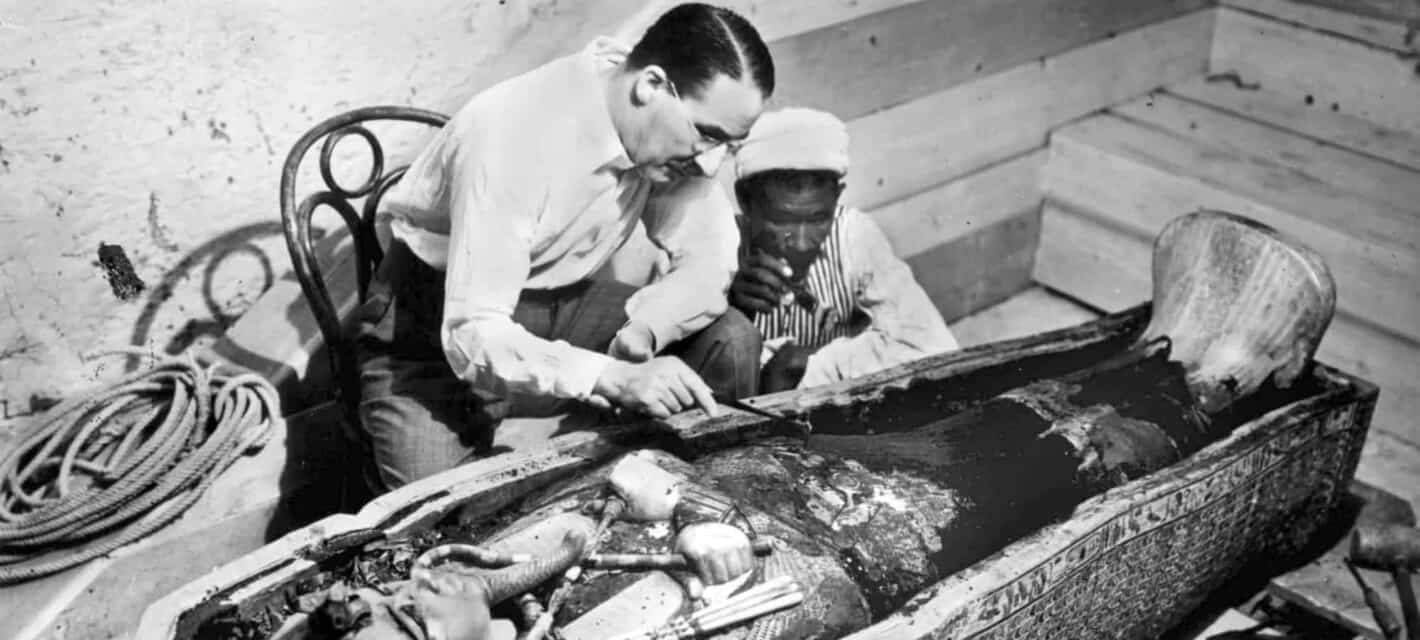The 20th century saw the discovery of a number of significant archaeological finds, ranging from Machu Picchu to Chauvet Cave. These were, of course, not the only big finds of the century, and in some cases, these spaces hadn’t been lost to locals at all, but they were unknown to the world of art and archaeology.
The Palace of Knossos, 1900
Work on excavations in Knossos, Crete began in 1900, headed by English archaeologist Sir Arthur Evans. The name Knossos was already associated with the site, both on the basis of very early historical documents and Roman-era coins; however, it was only a mound called Kephala when Evans began his work. The site itself was discovered somewhat earlier, by Cretan Minos Kalokairos in 1878.
The archaeological excavations at the mound of Kephala discovered far more than just a site—they discovered an entire culture. Evans named this culture Minoan, after the legendary King Minos, most often connected to the story of the minotaur in Greek mythology. The buildings, artwork, and even linguistic finds at the site helped to reassess the development of Bronze Age culture in the Mediterranean.
Knossos is a large palace complex that served as both a ceremonial and political center. The building included a wide variety of spaces, including workshops and workrooms, living spaces, storerooms, and a large central square or plaza. Many of the interior and exterior walls were decorated with finely painted murals, and a number of other artifacts were also recovered, including seals, sculptures, and pottery.
The palace at Knossos revealed an astonishingly advanced civilization, with a city numbering some 100,000 people around 1700 BCE. The surviving portions of the palace date to between 1700 and 1400 BCE. Examples of the technological abilities of the Minoan peoples include the five-story structure, a flushing toilet, aqueducts for providing clean water, and a drainage system to handle rainwater and wastewater.
Sometime between 1380 and 1100 BCE, the last population to inhabit Knossos left the city entirely behind. Based on the linguistic evidence found—administrative records in the Mycenaean written language Linear B—the last people to live in the palace of Knossos were Mycenaean, from mainland Greece. The surrounding urban area remained in use for significantly longer.


